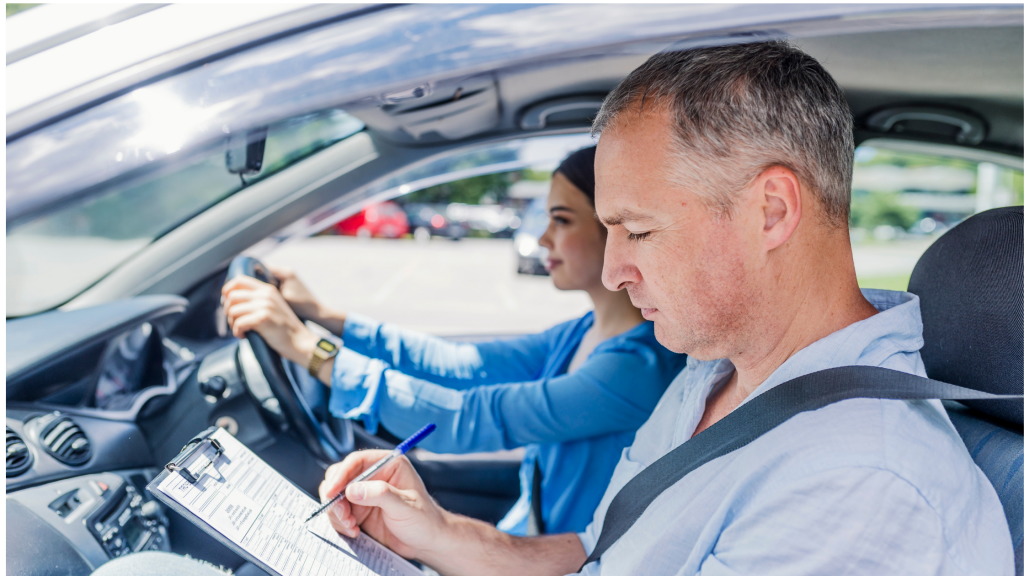Learning to drive is a must for anyone who needs to be independent of public transport. People who live away from the main public transport route have to rely on friends or relatives to travel to a town. Work and school commitments need to be fulfilled.
Learning to drive can be the first step towards a new job or career. Once a driving test is passed a whole new world will open up. Most employers now expect potential employees to have already obtained their driving licence.

What is the best way to learn to drive?
There is no best way to learn to drive. Each person has their own individual circumstances that will determine how they learn to drive. For instance, if a person lives in a large city where there is a lot of public transport available. Learning to drive might not be as urgent as someone who lives in a rural environment. I found that teaching in large cities I had more students over the age of 30 than I had teenagers. Whereas teaching in a rural area, I had more students between the age of 17 & 25 than over the age of 30.
City driving lessons
Learning to drive in a city would usually mean taking driving lessons on an hourly basis, after work or at weekends. Learning in the rush hour would not be as good an idea as you might expect. It would teach you to stop-start driving very well, but you would be lacking in making progress along an open, clear road. Dealing with safe opportunities to proceed out of a junction would also prove to be nerve-racking. Learning to drive in this way could take over 12 months before a driving test is booked.

Learning to drive rural roads
Taking lessons in a rural area provides the opportunity to practise on different road situations. More time can be spent, without distraction, on mastering car control. Learning car control in the early stages builds confidence. Once confidence has been acquired the busier roads do not present so much of a problem as it does when learning in a large city.
Intensive driving courses
Intensive driving courses are now one of the most popular ways of learning to drive. They are very popular in the rural area. This is due to the limitation of public transport. Students when leaving school, in the rural area’s of Scotland, would need to rely on their parents for transportation. These students need to have their own car as soon as possible, and an intensive course is ideal. This form of learning to drive concentrates many lessons close together. This reduces the time it takes to pass a driving test by up to 12 months.
A modern intensive driving course
Learning to drive on this type of course is one of the most popular of all types of driving lesson. What is a modern course as against the traditional lessons? The usual intensive course is when the first lesson is taken on a Monday and the driving test the following Friday. That only works in a few cases, such as when the learner is not a beginner but has had quite a few previous lessons.
The current intensive course is based on the practising first and then consider a driving test, once progress has been established. The booking of a driving test before a first driving lesson puts too much pressure on both student and instructor. That is, going towards a deadline rather than a learning situation. If a student prefers a test to be booked and set as a goal is OK, provided the test is scheduled outside of the 3-day cancellation deadline set by the DVSA.
